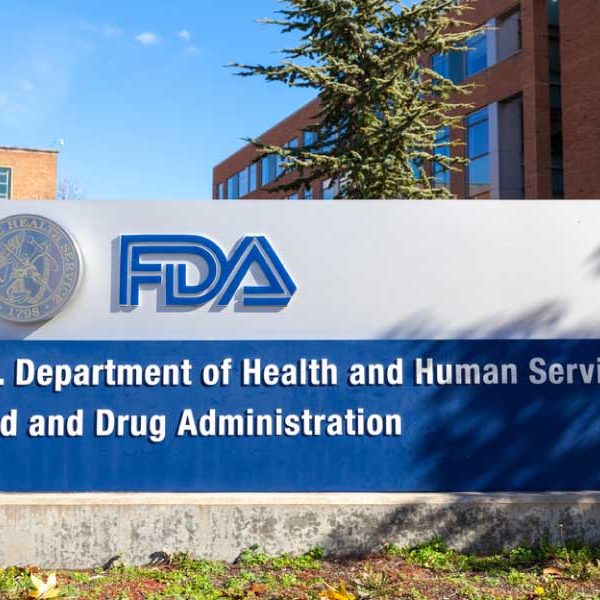Four initiatives to combat the opioid epidemic

This article was drafted based on a presentation given at the 9th Annual Scientific Symposium presented at MMS global headquarters in Canton, Mich.
Opioid use in the U.S. is widespread. Last year, there were 58 opioid prescriptions filled for every 100 U.S. citizens, more than 40 percent of all U.S. opioid overdose deaths in 2016 involved a prescription according to the Centers for Disease Control and Prevention (CDC). Additionally, the U.S. opioid market is a $13 billion industry, with approximately 60 approved opioids available.
The epidemic is real; the U.S. government has declared the opioid epidemic to be a public health emergency and various departments have implemented guidelines to help curb the issue. These include:
- Prescribing guideline from the CDC,
- Prescription Interdiction and Litigation Task Force from the U.S. Department of Justice (DOJ),
- Manufacturing reduction from the Drug Enforcement Administration (DEA),
- Guideline Management of Opioid Therapy for Chronic Pain from the U.S. Department of Veterans Affairs (VA) and Department of Defense (DOD), and
- Opioid Policy Work Plan from the U.S. Food and Drug Administration (FDA).
The FDA has a plan to “reduce the burden of addiction crises that are threatening American families.” As part of their Opioid Policy Work Plan, goals include the reduction of abuse of prescription opioids, expansion of opportunities for new products to be created that treat pain and are less addictive, and to assist in the advancement of therapies for addiction to opioids. Some of the specific steps the FDA is taking to meet these goals are discussed below.
- Re-examining benefit-risk profiles: In general, a traditional benefit-risk profile is used to evaluate a drug when it is used as indicated. However, it is also used to assess a drug’s potential risk for misuse and abuse. The FDA has publicly said that they are actively reviewing all approved opioids on the market for safety, and they are re-assessing benefit-risk profiles from a larger public health perspective. In March 2018, the FDA issued a benefit-risk implementation plan to protect and promote public health. The agency is expected to publish guidance on decision-making for benefit-risk assessments by June 2020.
- Considering abuse deterrent formulations: Abuse-deterrent formulations (ADFs) are a relatively new strategy to target the known or expected types of abuse for a marketed drug. The goal is to “meaningfully deter abuse, even if they do not fully prevent abuse.” However, the technology used in formulation and the ways to analyze and evaluate these methods are rapidly evolving. Unfortunately, there are no generic opioids with FDA-approved abuse-deterrent labeling currently on the market. The FDA is working with sponsors to make strides in this area and navigate regulatory pathways as quickly as possible. Additionally, FDA is allowing flexibility in the labeling of ADFs, stating that labeling should “reflect the predictive quality of premarket studies” unless post-market data are available. When post-market data become available, sponsors are expected to “demonstrate a meaningful reduction in abuse” to confirm the ADF label claim. Overall, from a marketing standpoint, opioids that have an ADF label claim can benefit sponsors.
- REMS programs: Risk Evaluation and Mitigation Strategies (REMS) are structured programs designed with specific goals to ensure that the benefits of a given drug outweigh the risks, while also striving to reduce overall risk. REMs are now a requirement for all outpatient opioids. Under the requirements of the Opioid Analgesic REMS, drug companies with approved opioid analgesic products must make REMS-compliant education programs available to healthcare providers. Currently, there are concerted efforts to improve the safe prescribing of opioids through prescriber education, including training on non-opioid pain alternatives and broader training that covers health care providers who help manage patients with pain.
- Promotion of opioid alternatives: One of the most important ways to decrease the opioid epidemic is to create new, non-addictive pain remedies. Additionally, the industry can address the stigma and other obstacles to more widespread availability and appropriate prescribing of medication-assisted treatment. Medication-assisted treatment is the use of medications in combination with counseling and behavioral therapies, for the treatment of opioid use disorders. These can help sustain recovery.
Trends suggest that the opioid epidemic will continue to worsen. A multifaceted approach, such as industry and government joining together in steps like those described in this article, is needed to curb this crisis.
by Jeffrey Wiese and Julie Legakis
About the authors
Jeffrey Wiese is a Senior Safety Writer at MMS, based at its global headquarters. Formerly, he was a researcher at the University of Michigan, Pfizer, and Purdue University.
Julie Legakis is a Medical Writer at MMS, based at its global headquarters. Formerly, she was a researcher at the National Institutes of Health (NIH) Perinatology Research Branch and Children’s Hospital of Michigan.











